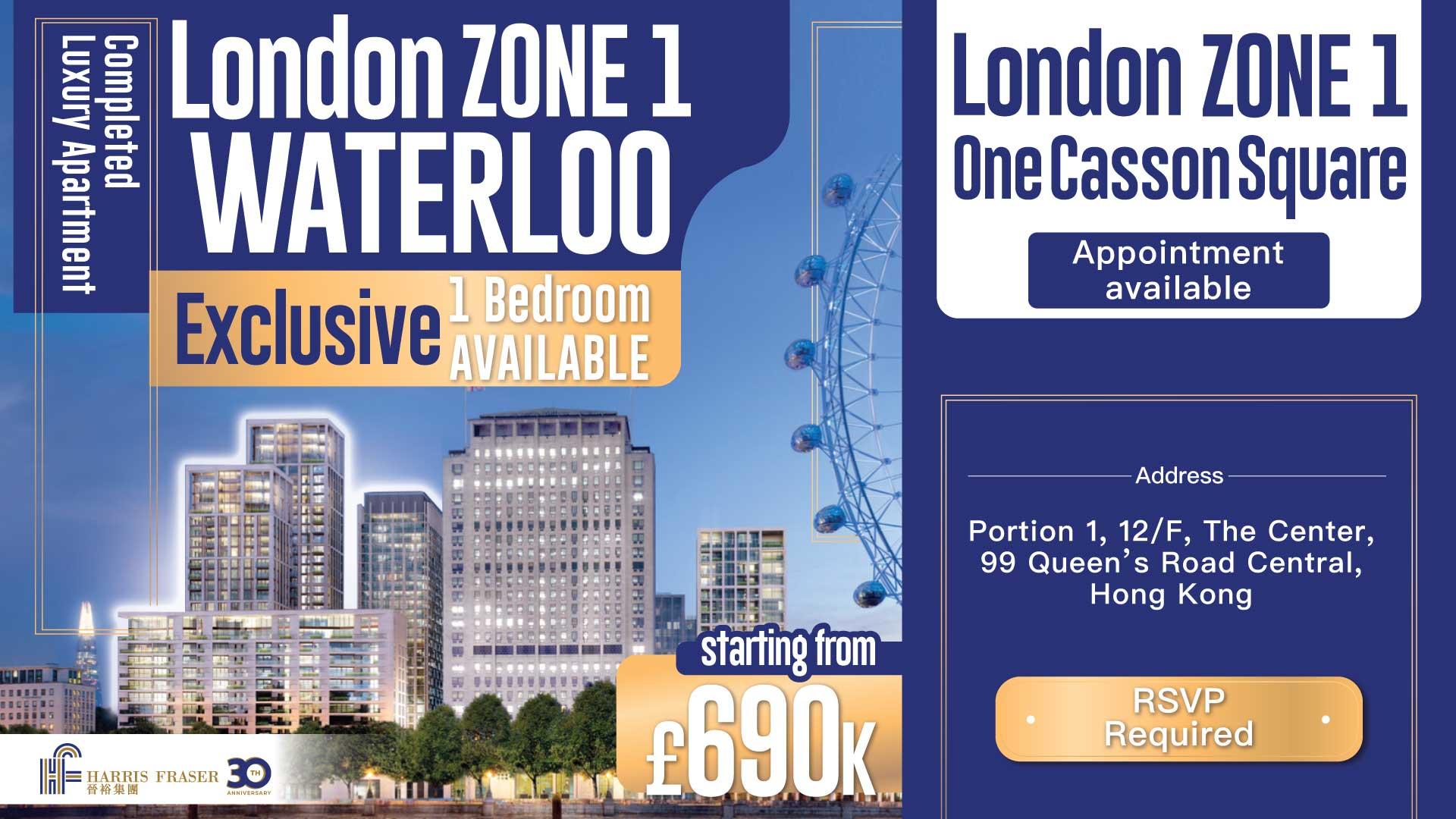
Why Canada?
-
Most livable cities: According to Global Livability Index conducted by the Economist Intelligence Unit in 2020, Calgary was voted as the world’s fourth most livable city; while Vancouver ranked as sixth and Toronto was ranked as eighth.
-
One of the most powerful passport globally: According to the 2020 Q4 Henley Passport Index, Canadian passports ranked as the world’s ninth most powerful passport in the world. There are 183 countries Canadian passport holders can visit without a visa.
-
One of the most potential for economic development globally: With reference to the 2020 Global Cities Outlook conducted by Kearney, Toronto ranked as second globally, which climbed nine spots compared to 2019.
-
Advanced education system: The Canadian government encourages universal territory or higher education. According to the 2019 education ranking conducted by the USNews, Canada education system ranked third in the world.
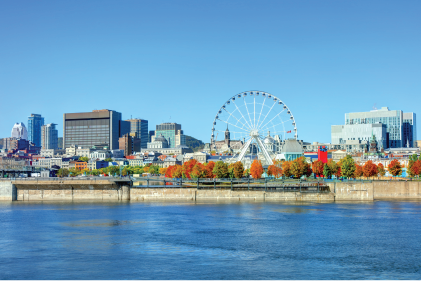
In June 2021, the Canadian Immigration Bureau launched two special pathways for Hong Kong citizens to apply for permanent residence in Canada.
Learn more
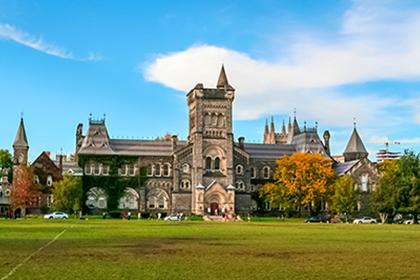
Studying abroad is one of the main ways to immigrate to Canada. After completing college studies in Canada, students can apply for a graduate work visa to stay and work in Canada.
Learn more
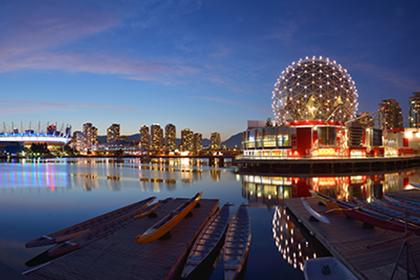
The Start-up Visa program was launched in 2013. The purpose of this program is to attract qualified immigrant entrepreneurs to start their business and spur economic growth of Canada. The mandatory requirement is relatively lower than other business programs and the visa application processing time is generally shorter. The applicant must demonstrate that they are innovative applicant and obtain the letter of support from a designated organization.
Learn more
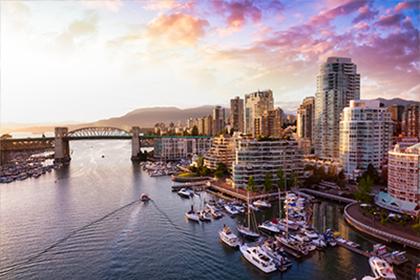
British Columbia has always been a popular destination for immigrants. With reference to the Global Livability Index conducted by the Economist Intelligence Unit in 2020, Vancouver was voted as one of the 10 most livable cities in the world. The province’s entrepreneur nomination program has been divided into two streams: basic and regional pilot categories. The entrepreneur stream is for experienced entrepreneurs who want to operate their business in different communities across BC and have a positive influence in the labor market.
Learn more
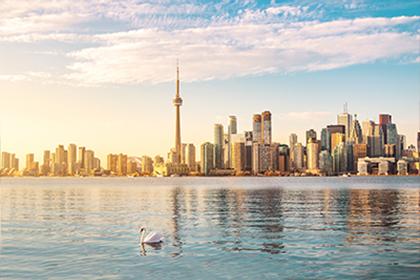
Ontario is Canada’s most populous province. It is also one of the best places to do business in the world. In order to attract more highly skilled technology talents to start their business in Ontario, the investment amount could be lower if the proposed business is in the ICT sector, or locates outside the Greater Toronto Area.
Learn more
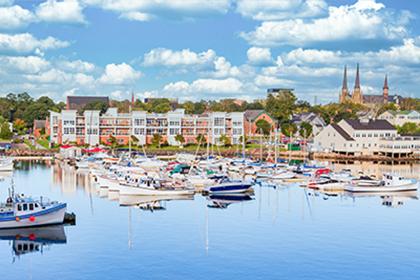
Prince Edward Island is one of the four provinces located on the Atlantic coast. It is also the smallest province of Canada in terms of land area and population. PEI entrepreneur stream does not set requirements for business turnover and job creation for immigrant entrepreneurs. The mandatory requirement of this stream is the lowest among all provinces.
Besides, the investment amount of this program is only CAD$150,000, which is the lowest investment amount among all provincial entrepreneur streams of Canada.
Learn more
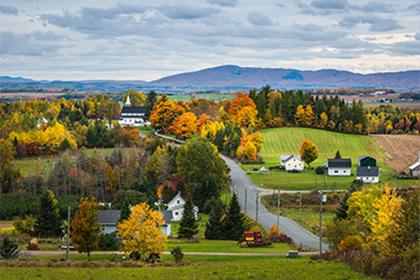
New Brunswick is one of the four provinces located on the Atlantic coast. In order to attract more investors and business immigrants, On January 13 2021, the mandatory requirements and investment amounts of the New Brunswick entrepreneur stream are lower compared to those of the previous.
Learn more

This is an immigration pathway for self-employed professionals in art, culture and athletics fields. The purpose of this program is to attract foreign professionals who have relevant experience and have the intention and ability to continuously be self-employed and to make a significant contribution in Canada.
Learn more
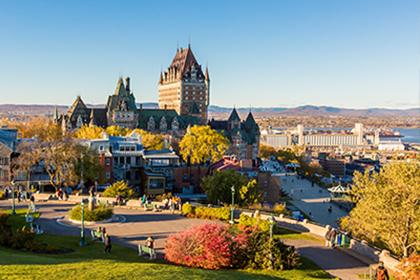
The Quebec Immigrant Investor Program (QIIP) was first launched in 1986 and it is the only passive investment migration program available in Canada.
*This program is currently suspending the acceptance of applications until April 1, 2023 or further notice.
Learn more

Express Entry was originally launched by IRCC in 2015. Skilled applicants can obtain a score according to different factors by using the Comprehensive Ranking System. Qualified applicants can receive an Invitation to Apply (ITA) issued by IRCC.
Learn more

The Canadian government allows Canadian citizens and permanent residents who are in a relationship with a foreign national to sponsor that person to join them and become a permanent resident of Canada. Canada aims to welcome over 400,000 new immigrants per year.
Learn more

PGP (Parents & Grandparents) Program lets citizens and permanent residents of Canada sponsor their parents and grandparents to come to Canada. The program allows PR or TR visa applications.
Learn more
Basic Info of Canada
-
 Population
PopulationAs of the end of 2024, Hong Kong's provisional population stands at 7.5342 million, marking a 0.1% increase from 2023 and the third consecutive year of population growth. This rise is primarily driven by a net inflow of 21,000 residents. The growth reflects the effectiveness of the government's talent attraction policies, including enhancements to the Top Talent Pass Scheme (TPPS) and Quality Migrant Admission Scheme (QMAS), alongside improved healthcare and incentives to encourage childbirth. Among the total population, 7.2671 million are permanent residents, while 267,100 are mobile residents.
-
 Geography
GeographyHong Kong is situated in southern China, east of the Pearl River Estuary, bordering Shenzhen (Guangdong Province) to the north, the Wanshan Archipelago of Zhuhai City to the south, and facing Macao across the sea to the west. It comprises Hong Kong Island, Kowloon, the New Territories, and 262 outlying islands, with a total land area of 1,106.3 square kilometers and a maritime area of 1,648.7 square kilometers. The terrain is predominantly hilly, with the highest peak being Tai Mo Shan (958 meters), while flatlands cluster in the Yuen Long Plain and Fanling Lowland in the northern New Territories. Hong Kong has a subtropical monsoon climate, with an average annual temperature of 23.3°C. Summers are hot, humid, and rainy, while winters are mild and dry. Urban areas experience heat island effects due to dense high-rise buildings.
-
 Language
LanguageHong Kong's official languages are Chinese and English, under a "biliteracy and trilingualism" policy: written communication uses Chinese (Traditional characters) and English, while spoken languages are Cantonese (Guangdong dialect), Mandarin, and English. Approximately 96% of the ethnic Chinese population uses Cantonese daily, while non-ethnic Chinese communities predominantly communicate in English, Bilingualism is widespread in government documents, education, and business sectors. Recent talent import policies have also accelerated Mandarin adoption, with new professionals adapting to the multilingual environmnent to integrate into local life.


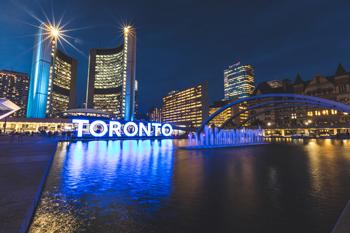



 US
US Europe
Europe China
China
 29 May 2021 -
29 May 2021 -  11:00 - 19:00
11:00 - 19:00 Edinburgh, 2/F, The Mandarin Oriental, Hong Kong
Edinburgh, 2/F, The Mandarin Oriental, Hong Kong